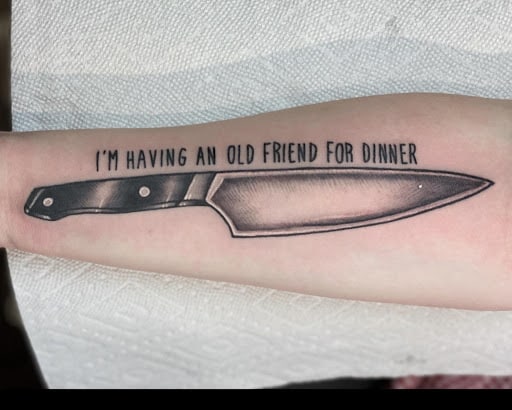We’ll Always Have Parrots…
My husband introduced me to the joys of raising a parrot. He’d had a few parrots as pets over the decades and when we reunited almost five years ago, he had a small Quaker parrot, Griffin. Sadly, Griffin is no more, but when you’re a new couple, even a couple in your late 50s, raising a pet together seems like the next step. Off we went to a breeder about an hour outside of Austin, Texas, to get Gilligan, our then newly weaned, yellow-naped Amazon parrot. We even have her egg hanging on the wall in a frame. Now, almost three years after she hatched from that egg, I’m a proud and probably very annoying parrot “parent.” She’s affectionate, funny, playful and very talkative with a 200 word vocabulary and a great singing voice, which sounds a bit like mine, not so coincidentally. A full four stanzas of “Somewhere Over The Rainbow” and “Put the Lime in the Coconut” are in her repertoire.
You’ll see full-grown parrots in pet shops or at parrot rescue facilities because their owners passed away or didn’t realize how much work goes into raising them. Some breeds live to be up to 80 years old (we have a succession plan in place). Raising them is a very big responsibility not only due to their care and feeding but because they are actually very emotionally intelligent and dependent, bonding closely with their “flock.” Diet is very important. They can get heart disease if fed too many fat-laden sunflower seeds and, because it’s part of their survival instinct to keep illness a secret, you won’t know until it’s too late.
We fix Gilligan a big breakfast every morning and give her snacks throughout the day. Breakfast includes bird kibble and a few tablespoons of seed mix which contains nuts, dried fruits and chilies. We top that off with diced fresh fruit and vegetables including some of her favorites — grapes, blueberries (she loves to say “berry”), corn, sweet peas, apples, beets, asparagus, turnips, squash, fresh jalapenos and plenty of leafy greens. It should go without saying that you can’t feed a parrot sugar or junk food like salty chips; but chocolate, avocado and onions are actually toxic to them.
We travel to Belize periodically and have visited and made connections with the wonderful Belize Bird Rescue where their team rescues and rehabilitates Macaws, raptors and many yellow head Amazons, a species unique to Belize. While they’re not big on birds as pets and it’s not permitted to own native species in Belize, they don’t begrudge responsible parrot owners the joy of parrot ownership and bonding in certain circumstances. We hope to do some rescue work with them in the future.
It is from the Belize Bird Rescue that we got the recipe for a tasty and nutritious Parrot Cake which we make at home for Gilligan. I recently started making a quinoa bowl for her as well and it seems to give her lots of energy for her favorite pastimes — throwing things from the top of her abode and getting us to fetch them, yelling at the dog and asking herself the obviously rhetorical question, “Who’s a pretty bird?”
See more photos of Gilligan and hear her talk and sing at www.facebook.com/gilliganthepa












